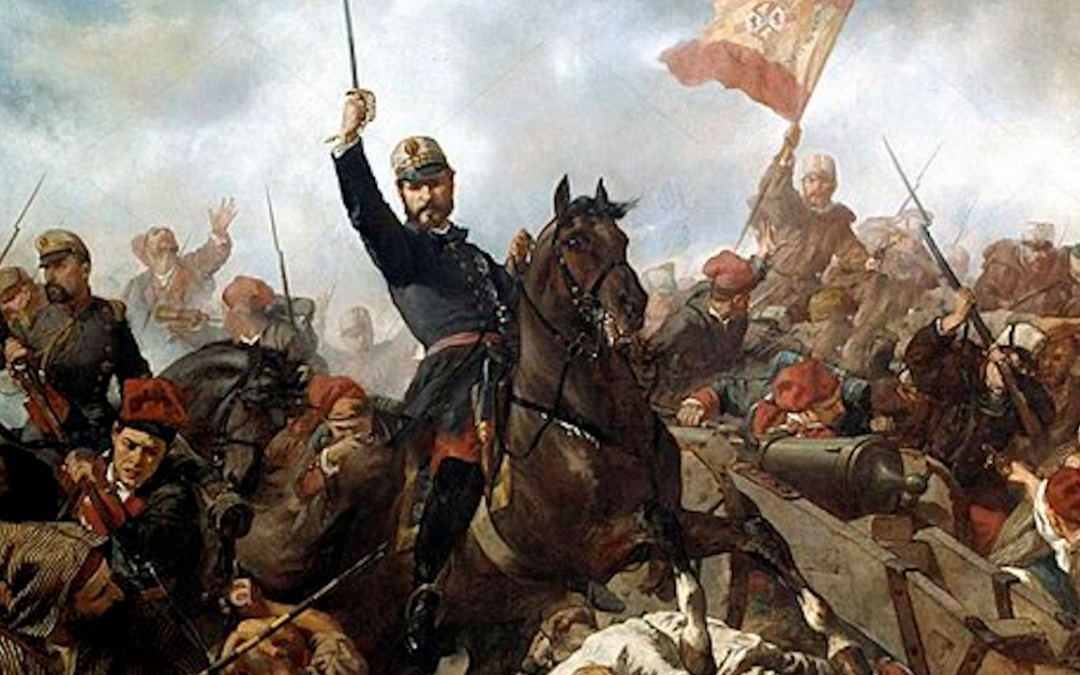There have been many great empires of this world, from the fearsome Aztec kingdom of central America to the grand splendor of Imperial China. But in all honesty, few of them were genuine world empires – empires that could impose their influence across several continents. Such a level of power is different from all others, it is unique. So I thought I would make a list of the ten most incredible world empires from human history.
10: Portuguese Empire
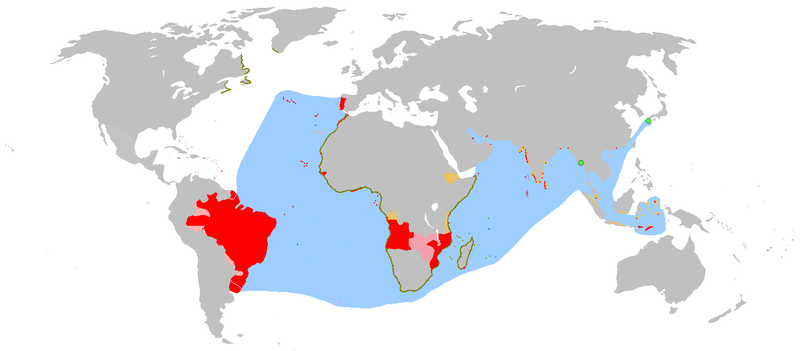
It could be said that Portugal was the first nation to forge a genuinely global empire. Making use of revolutionary navigational technology and strategies, their imperial holdings stretches from South America to East Asia. Their strategy was to establish trading post settlements along key shipping routes – along the coast of Africa and the coast of India. It was to be an empire of commerce, rather than an empire of military might, or even of traditional expansion that required much land. However, as the wealth and power of Portugal grew, they did consume massive amounts of territory. All of Brazil and much of Southern Africa were eventually under Portuguese control. Technically the empire only fell in 1999 when the city of Macau was returned to Chinese ownership, and until 1974 they still held the vast Portuguese African territory.
9: Seleucid Empire
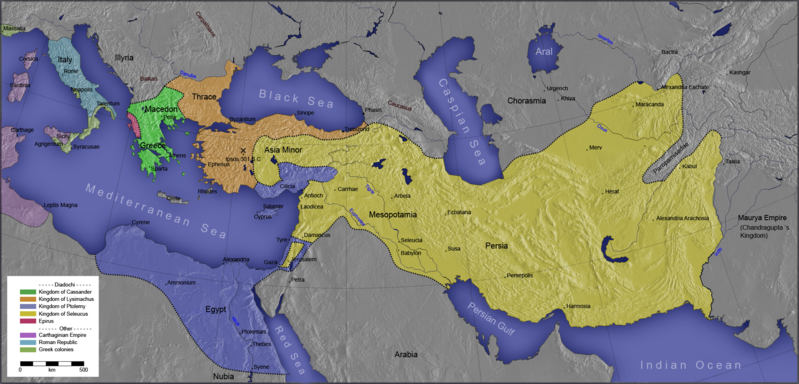
Copyright Luigi Chiesa / (CC BY-SA 4.0)
When it comes to world empires, it’s almost impossible to overstate the significance of the Seleucid Empire. One of the multiple successor states of the empire established by Alexander the Great, which may well have been the first to ever be called a world empire. Named after Seleucus, the empires founder and first ruler, it was gigantic in both land and population. The empire stretched from what is now Pakistan to what is now Turkey, covering Iran, Iraq, Jordan, Syria, Israel, Palestine, and much more.
It was a significant power, surviving three centuries and at one point serving as a power rival to the Roman empire. However the Seleucid Empire met it’s fate at the hands of Rome, who annexed it in the year 63 BC. Though centered in the middle east it was a Hellenic state, with the Greek language serving for official purposes and Greek figures usually in positions of power. Yet despite being so influential, many people today have never even heard of the Seleucid’s.
8: Turkic Khaganate
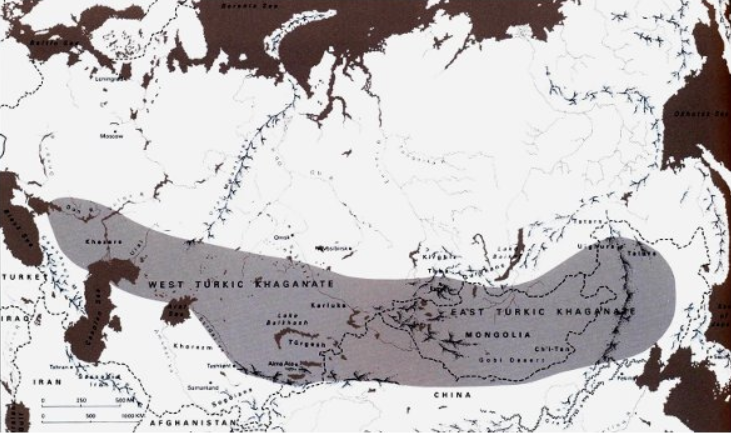
Copyright Turk Bitig / (CC BY-SA 4.0)
If you’ve never heard of the Seleucid Empire, you’ve for sure never heard of the Turkic Khaganate. Founded by nomadic Turkic people’s, the empire covered a massive stretch of territory. From China’s large Manchurian region, Mongolia, most of Central Asia, and reaching Europe’s Black Sea region, it was so large the empire even had two capitals. The Turkic Khaganate only lasted for around a century before it was abolished by another group of nomadic warriors. In this region it was hard for any young state to survive, with it’s near anarchic conditions and the Chinese empire actively trying to suppress any rivals.
7: Spanish Empire
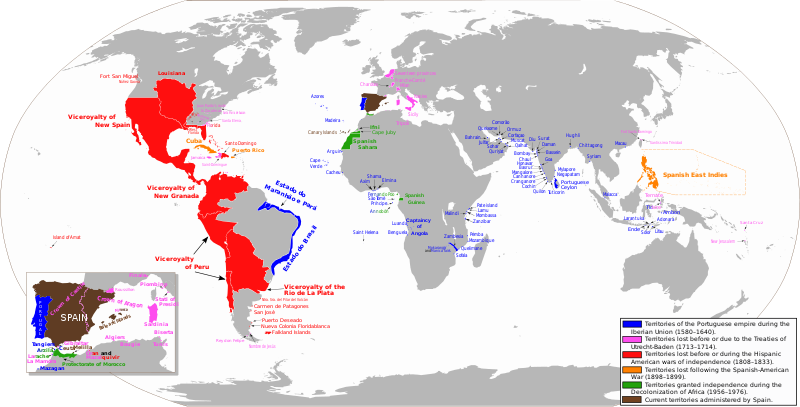
Copyright Trasamundo / (CC BY-SA 3.0)
Reaching it’s peak in the year 1810, the Spanish Empire comprised more than 10 percent of the total land area of our world. Not only did they possess almost the entire continent of South America, they also held Central America, more than half of North America, much of the Caribbean and the Philippines. Their lands also at one time included parts of Africa and Europe, for example the Netherlands and Sicily. It was truly an empire of the New World, capitalizing on the early Spanish exploration of the Americas, they swiftly colonized great pieces of land. Taking millions of natives as slaves, the gold mines of south America made the Spanish crown rich. This new wealth was then used by the Spanish to expand their empire. That’s how the Spanish language came to be spoken by hundreds of millions of people.
6: Ottoman Empire

Copyright Chamboz / (CC BY-SA 4.0)
Among the longest reigning of all empires, the Ottoman empire was king of the Mediterranean. To many within the empire it seemed as if they had conquered all of Europe and all of Asia combined. Their lands reached as far as Hungary from Arabia – as far as Algeria to Iraq. The Ottoman sultans controlled almost all the wealth of the middle east, along with it’s trade links to Asia. For centuries they remained a powerful global player, their influence unmatched in the middle east. For most of their existence, the Red Sea and Persian Gulf were essentially under Ottoman control.
Europeans greatly feared Ottoman soldiers, who were known for bravery and their distinctive oriental style. Ottoman military forces were ferocious, hence why they were able to defend their borders in every direction. Their capital of Constantinople, now known as Istanbul, was previously the capital of another great empire – the Byzantine Empire.
5: Japanese Imperial Empire

One of the few historical world empires based in East-Asia, Imperial Japan acquired massive territory in rapid time. It began with 19th century reform. Japan was Asia’s first nation to industrialize, modelling it’s economy on those of Europe and North America. Japanese authorities sent scouts all across the world with the sole purpose of studying the few things each country did well. Resulting from this, they built up their army, modelling it on the German army. In turn, their navy was modeled on the British Royal Navy. Thanks to this intelligent pragmatic strategy Japan achieved the best of both worlds, and it soon paid off.
Japan shocked the world by defeating China in a war in 1895. This enabled Japan to achieve it’s first colonies: Taiwan and Korea. Then after defeating Russia in 1904, Japan began to invade and slowly annex parts of China. World war two saw massive expansion. By 1944 Japan has taken much of China, Burma, the Philippines, French Indochina, Malaysia, Singapore, Indonesia, Papua New Guinea, and more. But it was not to last. We all know how it ended. With the allies victorious in the second world war, the Japanese government collapsed. With it’s wealth and infrastructure went it’s overseas territory. The Japanese Empire was no more.
4: German Empire
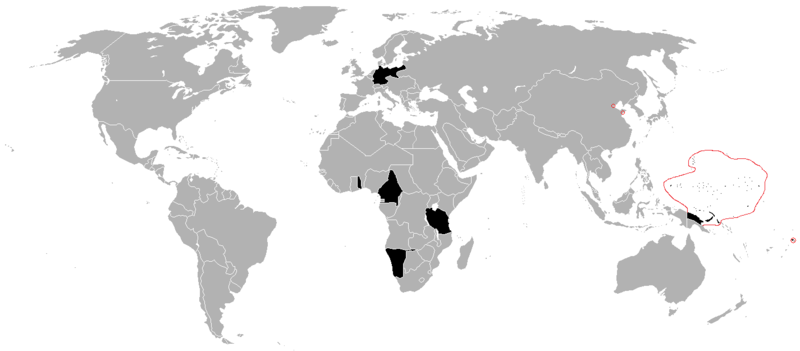
Copyright Andrew0921 / (CC BY-SA 3.0)
As Germany only unified into one single country in 1871, they missed out on most of the opportunities to become a global colonial power. With few areas left by other world empires, Germany had to desperately scramble in order to gain it’s overseas territories. Surprisingly, Germany soon became the third largest colonial empire, after only France and Britain. Their lands included parts of what is now Papua New Guinea, Cameroon, and Samoa. They also possessed much larger territories – including Tanzania, Rwanda, Burundi, Namibia, and Togo. Their lands outside of Europe totaled 2.6 million square kilometers, giving Germany control over tens of millions of people. Yes, Germany had emerged and began to see herself as being on the same level as any other world empire. Some say that was the leading cause of world war one. Perhaps not.
3: Mongol Empire

Copyright Ali Zifan / (CC BY-SA 4.0)
It’s impossible to overstate the historical significance of the Mongol Empire. Founded by the great warrior leader Genghis Khan, it traversed much of Eurasia, stretching from Korea to Ukraine. Before Genghis the Mongol people were nomadic and divided among different tribes who spent their time fighting each other. But he united the Mongol people, combining them into an enormous and mighty military force. Like a mass horde they swept across the continent conquering all the encountered in the name of their sky god. After his death, his children and grandchildren continued to expand the empire, into southern China and the middle east.
Their strategy for settling and colonizing new territories was wise, allowing local cultures to pretty much carry on as was before. The trade networks established by the empire helped bring out world closer, connecting the east to the west and everywhere in between. It was the largest contiguous land empire ever known to man, covering almost 18 percent of all the land in the world.
2: The Soviet Empire

Be under no illusion, the Soviet Union was indeed an empire. Some have been so bold as to call it the last of all the world empires, thanks to it conquering and keeping colonies and puppet states until it’s final days. For a long period of time the Soviet Union was one of just two superpowers, thanks to their massive population, economy, military, and geo-strategic strength. On top of that the Soviet Union possessed an enormous nuclear arsenal, capable of destroying the entire world several times over. The Soviets put the first man in space, and came genuinely close to beating the Americans to the moon.
Their lands stretched deep into Central Asia, Eastern Europe, and East Asia. And that doesn’t even include their sphere of influence, which was much larger, much further reaching, from Cuba to North Korea. It was only in 1991 that the Soviet Union fell, and many of it’s leading political or military figures from those days are still alive today. Indeed, much of the world is still existing in the shadow of the Soviet Empire.
1: British Empire
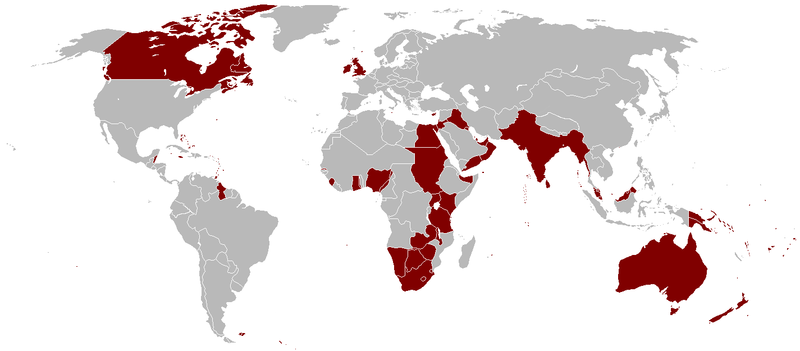
The British Empire was by far the largest empire of all time, covering around 26 percent of all land on Earth. Hence goes the saying: The Sun Never Sets On The British Empire. From Canada to Australia and New Zealand, from South Africa to India, from Egypt to Antarctica, the British held an almost incomprehensible amount of land. For long periods of time Britain was the world’s most powerful state, along with the most wealthy, gaining great riches from her colonies across the globe. In 1913, more than 400 million people lived within the empire, which explains why elements of British culture are even today so pervasive globally. It’s why English is the international language of business. There is much debate over when the British Empire actually stopped being an empire. Some believe it was in 1997 when Hong Kong was transferred to China. There are people who say the empire still exists, but is just very small. The United Kingdom now has 14 overseas territories, including Gibraltar and the Falkland Isles. Perhaps the British Empire really does exist.

